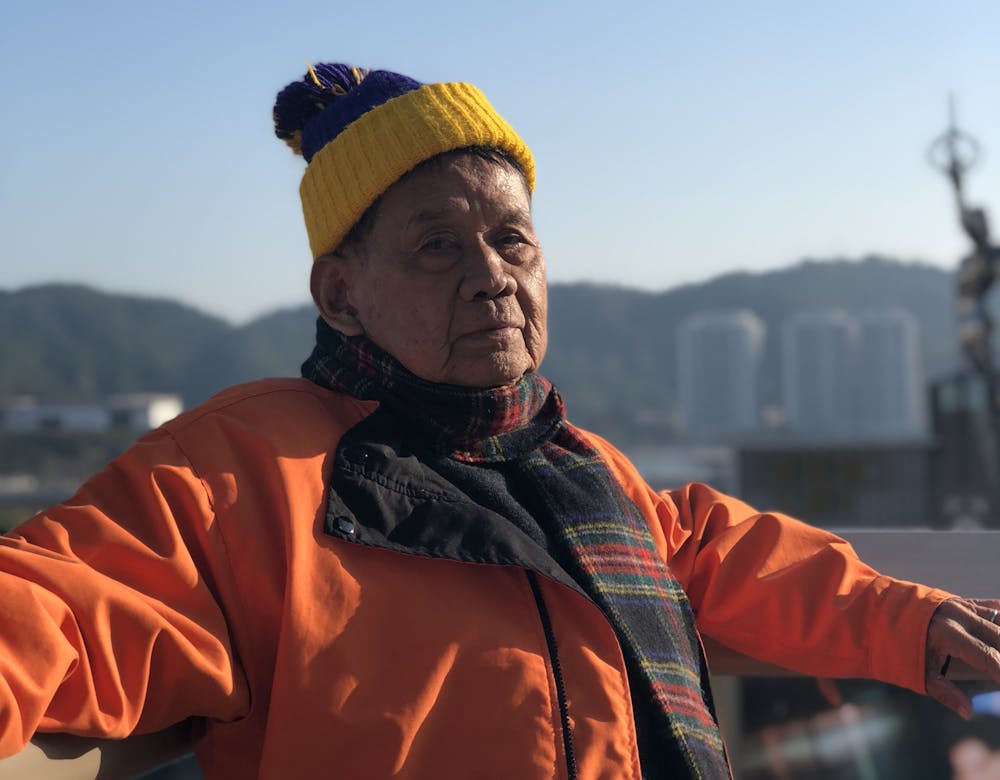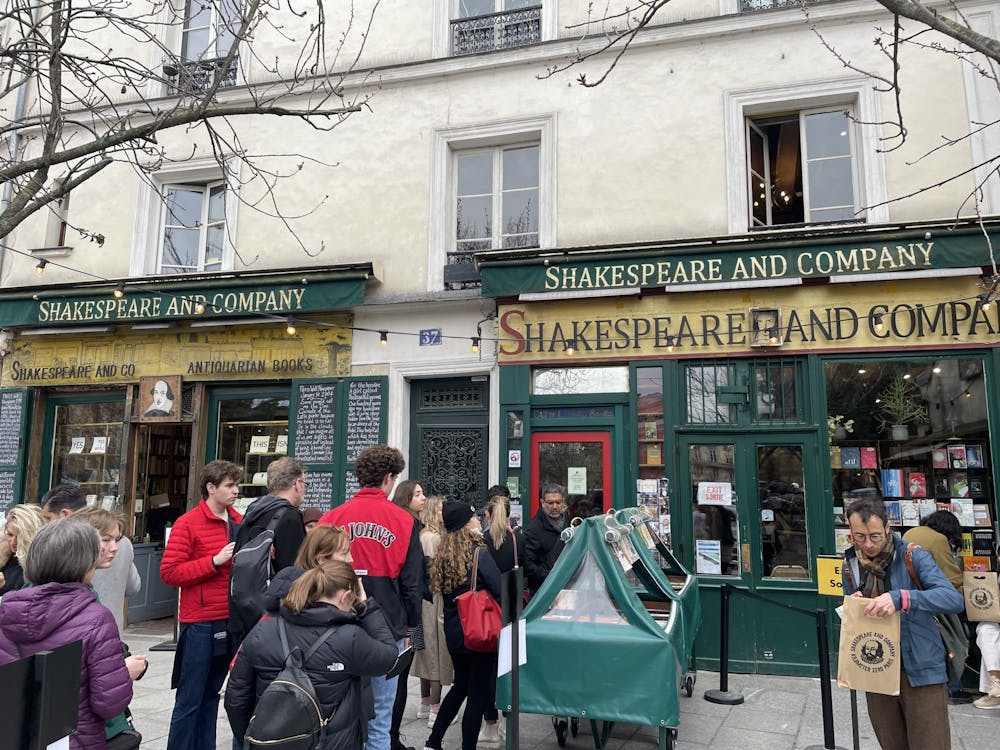
My grandfather has been asking me to write his biography for years. A tome, he said. Something hundreds of thousands of words long to capture his every struggle and triumph. I brushed it off as a joke, and though he would laugh along, there was always a somber undertone to his request. He wanted to be heard. He wanted to be remembered and seen and celebrated.
Now, he is ninety-four. His health is not what it was, and I am reminded daily of how he seems to want what everyone does. To be heard, seen and celebrated. I want to do right by him and celebrate his life while he lives it. So, here it is, Lolo. From my memory, instead of yours. I hope I remember enough for both of us.
Wenceslao Vinzons-Tan was born in either 1929 or 1930. No one really knows because his birth records were destroyed in a fire. He grew up in the Philippines, the eldest in a large family. He took care of everyone at a very young age. For a large portion of his youth, he was sent to a traditional Chinese school. Being Chinese meant something to him, I think. Though I want to say that something was discipline, I think it was family.
He was a Boy Scout. This was formative for him. I remember how he could make a knotted handlebar out of any sort of string. He taught me to pack suitcases like they were puzzles. He was community-oriented throughout his life, organizing campaigns, protests and civic group meetings.
At some point, he had a pet buffalo. Well, a carabao named Kanggoy. The animal was stubborn and temperamental, but it listened to my grandfather. He rented Kanggoy out to farmers and kept it calm and focused by riding it as he hauled goods to local vendors. That was his first business. He was a teenager, I think. It was instinct. He was always looking out for his community, searching for that unexplored niche he might try to fill.
Then, there was the incident with the hijacker. A boy in his high school dormitory shot his girlfriend and ran away to hijack a plane to get out of the country (a bigger, broader story). My grandfather carried her to the hospital. She survived. And her ex was caught, too.
Somehow, my grandfather wound up in Manila for college, where he studied chemical engineering and met my grandmother, a chemistry student.
Another one of his early businesses had to do with worm poop. Well, it didn’t have to do with worm poop, it was the worm poop. He acquired worms (he was the sort who had a way of acquiring anything). At one point, he had a bathtub full of them. He collected their poop (I didn’t want to ask how) and sold it to local farmers as fertilizer. This was before vermiculture had really reached the Philippines. He was always searching for ways to improve, and his children suffered some of his less fruitful innovations (à la, when he put worm powder into the batter for barquillios, Filipino rolled wafers).
Sometime around then, he won a boat in a raffle. Within a couple of months, he lost it after lending it to a stranger he met on the docks. He was just the type of person to hand anything off to a stranger if asked nicely enough. He fell for the (now) infamous Nigerian prince scam, keeping in contact with a scammer for months as he meticulously questioned the man on his exact situation, calling a few nights a week. My grandmother would never let him actually send any personal details over. She was the perfect counterpoint to his reckless abandon.
Then, there were the roaches, another innovation of his. Trapiz, he called it — a lame pun playing on the Tagalog word for “cockroach” and the English word “trap.” You guessed it, he made roach traps. Again, before they reached the Philippines. He was a little kooky, but he was an innovator.
That business came and went, along with a handful more. Then came the mannequins.
We used to call my grandparents’ home the mannequin house. All over the ground floor showroom and stuffed wall-to-wall in the attic were all sorts of mannequins: horses, chimpanzees and chickens (all life-size); robot waiters and giant floating Santa heads; and various air-brushed models with different faces and names. My grandfather even made a cast of himself. A life-size, painted replica of him that he kept beside his chair in the office. There was a time when he regularly changed his mannequin to wear seasonal attire. This was the business that stuck.
I follow his life through his work, because I think that’s the way he would’ve done it, as a very future-oriented, practical-minded person. He has two sides to him — either drifting aimlessly, restless and scatterbrained, or hyper-fixated on a mission. In his first state, he is argumentative and frantic, organizing and reorganizing everything in sight. In his second, all that energy is funneled into some goal he has deemed urgently necessary. He was never a great communicator nor a big feeler. But, I do believe he has always been, at his heart, someone who put others first.
On a recent visit home, we thought he’d mostly succumbed to dementia. When the family gathered to chat in the living room, he sat and observed silently (which was not unusual). What was unusual was when he stood and disappeared. He was gone for a while, and when he returned, he came bearing ice cream. A handful of five cones for everyone in the room. He was never good with words, but he was good at that. He showed how he cared through action.
Now, I came to know him for dancing the tango. Putting the Christmas tree up and stringing the stairwell with mistletoe and tinsel in October. He bought a little snack for me every time he went to the supermarket, even and especially when I didn’t ask.
My grandfather has always had a heart for animals. At one time, he took in all the stray cats and dogs he could find (which are plentiful in the Philippines). Generations lived in the garage. Once, he had an owl — he was sitting on a bus, the window rolled down, and the bird landed on him and wouldn’t get off. He took care of it for a while before donating it to the zoo. He loved even the fiercest, most seemingly unlovable animal, and, in return, even the most asocial creatures grew to love him.
Today, he doesn’t seem to remember any artist except for Elvis Presley, or any song, save for Que Sera Sera. He still knows my name but has forgotten many others. Despite being the eldest, he is the last living among his siblings. There is more to his life than I could possibly say, but I’ll leave with this: Wenceslao Vinzons-Tan is ambitious and innovative. He is restless and more than a little reckless, but for good reason (most of the time). He is kind and unfalteringly generous. He is a Boy Scout. He is a buffalo owner. He puts family first. He is a man of many pursuits. He is my grandfather.
This isn’t a tome, Lolo, but I hope it’s close to what you had in mind.
Kaitlin Tan is a sophomore from Macao majoring in Writing Seminars and Cognitive Science.





